Read this concise guide on why and how to write an e-book to build your author brand. Find tips on formats, in-book promotion and funnel-creation, and more. Build visibility in your genre niche and showcase your expertise:
Why are e-books helpful for author marketing?
If you write an e-book to promote your author brand, it could grow your 'true fans'. An e-book giveaway is a means to establish your brand and expertise. A way to show (not tell) prospective readers why your voice rocks.
A shorter e-book you give away or sell could serve as a gateway to discovering your other work. It may:
- Increase your followers. Reciprocity - giving potential audience (leads) something free and awesome - warms them to your business or author brand.
- Publicize your writing. An e-book you give away gives potential readers a sample of how you write. You 'show, don't tell' what your niche and expertise are.
- Bypass gatekeepers. If you self-publish fiction or non-fiction e-books, you get to keep a larger share of royalties.
- Share exciting bonus content. What do 'true fans' want? If you look at crowdfunding and patronage platforms such as Patreon, fans are rewarded with bonuses and exclusives. Use an e-book as a 'lead magnet' (a giveaway to turn prospects into readers, subscribers and customers).
- Earn extra money. According to Statista, worldwide revenue in the e-books market is projected to reach US$14.21bn in 2023. [Ed's note: Writers who downloaded our free guides spent five times the amount of those who didn't this year. Reciprocity creates ROI.]
- Build and prove the extra 'E' in 'E-E-A-T'. There are many factors search engines' algorithms use to determine which pages searchers see first. Google used to reward sites which demonstrate Expertise, Authoritativeness, and Trustworthiness with more visibility. An extra 'E', experience, has become more important. Authority is especially important in the age of AI 'hallucinations' (made-up facts). Publishing e-books could help you build experience (and the title and review trail to prove it).
How to write an e-book that makes your author brand shine
Read ten steps to write an e-book and keep reading for further tips and FAQs.
-
Choose an apt topic for your audience
What will resonate with your audience? You could promote a cozy mystery about a chef sleuth via a free recipe book, for example.
-
Outline your e-book's chapters or stories
Outlining the e-book you write to entice readers will help you rein in scope and keep it focused.
-
Write and include well-placed calls to action
Your e-book's purpose is partially to promote other work. Include appropriate links to create a funnel to other titles, newsletter sign-up pages and/or your social media pages.
-
Edit your e-book to publishing standards
Once you've finished writing, make sure that your e-book is polished to the same standard as your other publications (wow readers).
-
Convert your e-book to the right format(s)
Do you need an EPUB, PDF, or another e-book format? It depends on how graphically complex your book is and your intended distribution platform.
-
Design your e-book cover
Examine covers for commercially successful e-books in your niche and new and noteworthy titles. List ideas/insights.
-
Decide how you'll market and sell vs give away
Will you give your e-book away to new newsletter sign-ups, include a call-to-action linking to it on Substack or in your byline? Draft a promotional strategy.
-
Promote your e-book and track its success
Share and promote your e-book and monitor conversions (what percentage of readers go on to buy other titles or perform other actions valuable to your author business).
The above are eight basic steps to write an e-book for author promotion purposes. Read further elaboration on each point and tips below, plus an e-book creation FAQ:
Choose an apt topic for your audience
How do you write an e-book that is a relevant, magnetic sample? First, think about your audience. What will resonate with them most?
Some e-book topic ideas based on genre, for example:
- Cozy mystery. A recipe book for foods associated with your story; a humorous guide to the small town where your story is set written in the voice of your amateur sleuth
- Fantasy. Extra short stories set in your wondrous universe; a companion glossary/encylopedia about your fantasy world
- Sci-fi. Short stories exploring the rules, laws, technology of your sci-fi world further (for example, an e-book to promote the Star Wars universe could feature the exploits of past Jedi Masters or a 'true history' of the lightsaber's origins)
You get the idea - you want an e-book to promote your author brand to give potential readers:
- Delight. Something fun, inventive, and not too dry
- Voice. What about your characters' voices (and your own) can you use to make this promo material all you?
- New/further insight. Is there a fascinating detail in your novel there wasn't scope to explore before? Your e-book could have Easter eggs galore
Outline your e-book's chapters or stories
At Now Novel, we often advocate outlining and plotting stories (the Now Novel dashboard helps with that).
Some of the ways creating an outline for an e-book could be useful:
- Ensuring good flow and structure
- Prioritizing the order of appearance of information or stories by most important or representative of your voice and author brand (i.e. if your e-book is a short story collection to give a sample, it would make sense to lead with your most 'hooky', entertaining story)
- Brainstorming further ideas for what to include (and ensuring a strong flow and structure)
This is a useful phase to think about where you'll place calls-to-action (CTAs) to get readers to investigate your other titles. In a non-fiction e-book, you might have CTAs at the end of every section to further reading from your blog, for example.
In fiction, it is widespread practice to include a single page with links to other titles or writing to check out in the front or back matter of the e-book.

Write and include well-placed calls to action
One of the advantages of using an e-book to promote your other work and writing is that you can include links to other work with calls to action.
To write great calls to action that encourage readers to try your other work:
- Make them prominent. For a reader to follow your link, it has to stand out (consider font size, placement, and other visual ways to make CTAs stand out)
- Don't make readers think. Your fiction may make readers think, but your CTA must make them act. If there's another free sample, include the word 'free' in your CTA. Make it as easy as possible for the reader to know what further value they can expect
- Use less generic language. With the rise of AI, it's very easy to use ChatGPT to generate all your promo copy and call it a day. Don't. Use it for ideation but use it critically. Ask, 'How can I make this more exciting?'
Examples of effective cross-promo CTAs in e-books
Let's look briefly at a few good examples:
Simon & Schuster's e-book CTA
At the start of Colleen Hoover's It Ends with Us (2016), her publisher includes this simple CTA to join their mailing list:
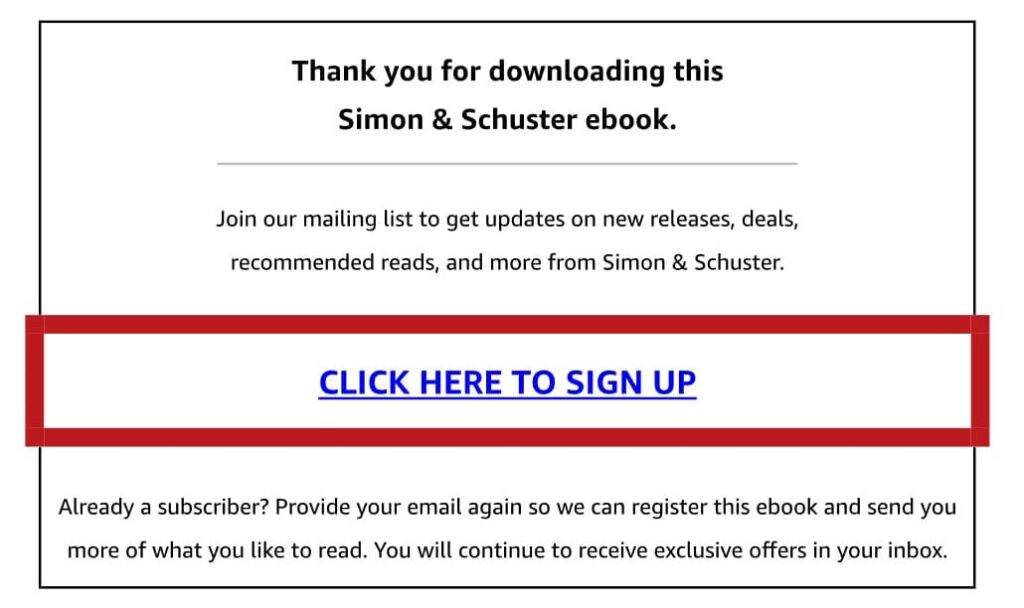
This is part of what is known as a 'funnel' in marketing - pathway or sequence of steps that helps leads discover products or services you offer aligned to their needs.
Although the language is not particularly 'sexy' - it is in the professional tone and voice of publishing PR, not the author - it has the benefit of clarity (and the color accent around the clickable link draws the eye).
A brief description tells readers what they can expect, promo-wise. Placing this CTA in front matter, before the story even starts, gives high prominence and thus visibility.
Using the 'about the author' as a call to action
The 'about the author' section in your e-book's front matter is also a means to draw leads to your platform.
Include information such as:
- Where readers can find you and more of your work (author page, byline of past publications)
- Reasons to believe (why are you an expert/authority in your niche or genre (or should you be)?)
James Clear does the above clearly and simply in the 'about the author' section of the e-book for his productivity guide, Atomic Habits:

Think about where would be best to send your readers, a newsletter sign-up page for promos and book release announcements?
Maybe the main landing page of your author platform is stronger, with good navigation helping your reader find whatever they want to buy/learn.
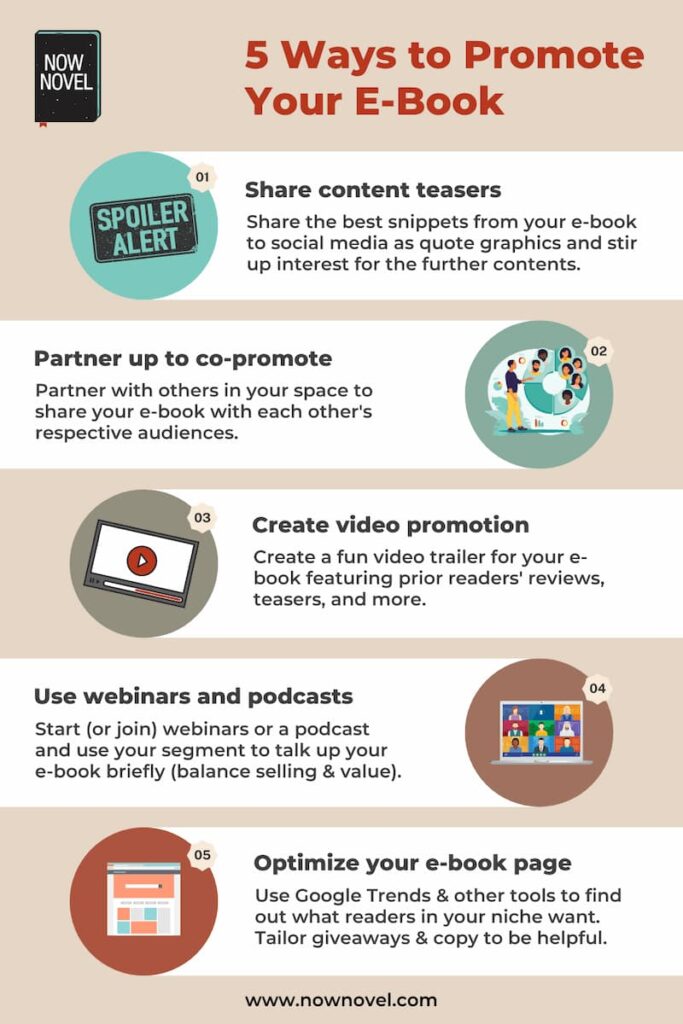
Edit your e-book to publishing standards
It's crucial not to skimp on editing any e-book you write to promote your other titles.
If an e-book is a hot mess in style, SPAG and other departments, it would be natural for a lead - your potential new reader - to cool fast.
Work with an editor if you can afford it. Think about the return of investment (ROI) you will see if your e-book continuously converts interested browsers to loyal fans.
Tables of contents, indexes and other addenda are tricky to create if you don't know how. You could work with a formatting professional for peace of mind if new to e-book creation.
Convert your e-book to the right format(s)
What format does your e-book need to be in if you're distributing it via a download page on your author website vs on Amazon? Find information and helpful knowledge base articles from e-book merchant platforms below.
What are the primary e-book formats?
EPUB is the standard format if you wish to distribute your book on the Amazon Marketplace [Ed's note: the format also has good cross-platform support, accepted by Apple Books and Barnes & Noble's Nook devices].
As of August 2021, Kindle no longer supports the .mobi format for reflowable books (books with adjustable font size and other accessibility elements).
For a deeper dive into the different formats Kindle Direct Publishing accepts, see KDP's knowledge base article 'What file formats are supported for eBook manuscripts?'
Apple Books accepts two formats for e-books, EPUB and their proprietary .ibooks extension (you can create these in iBooks Author). The latter format allows for more interactive elements (see more in Apple's guide to e-book formats, including e-book creation tips).
PDF (which stands for 'portable document format') is an acceptable format if you need a layout that will not shift. However it is less flexible than EPUB.
How do you convert a document to EPUB and other e-book formats?
E-book creation tools such as Calibre, Kindle Create, Atticus, Vellum and Scrivener's export-to-e-book feature all have pros and cons worth familiarizing yourself with.
Sellfy has a guide to ten free and paid e-book creation tools to kick off your research. Although priced at a premium, tools such as Vellum have existing templates to choose from which make choosing font and layout a little easier.
Design your e-book cover
'You can/can't judge a book by a cover' is an old chestnut. Yet why wouldn't you make a book cover entice the eye, suggest tone/mood, convey the brand of a new imprint or the familial resemblances of a series of books?
Creating a good cover for your e-book is crucial for it to stand out in digital stacks and shelves.
There are all kinds of cover design elements to play with:
- Font size and typography: See for example how cover designer and artist Jaya Miceli created the cover for Paula Hawkins' smash success The Girl on the Train to suggest drunken unreliability in the doubling of the title's letters
- Color scheme and imagery: How is the cover's imagery and/or color scheme indicative of the genre of the book and its subjects, themes or mood?
Explore e-book cover examples
Let's take a brief look at the covers for current bestsellers listed under Amazon Kindle's 'thriller' category (as of May 2023):

Some notes:
- Yellow is a frequent title color choice, redolent of the color in police tape used to cordon off crime scenes (in the US, at least)
- Covers alternate between cool tones suggestive of incarceration and cold-blooded crimes, and 'hot' reds, yellows and oranges suggestive of the scandalous, bloody or dramatic
Compare this to elements of non-fiction titles in the 'new and noteworthy' category:

Many of these books feature simplified mono- or duotone color schemes (such as the cover of Jennette McCurdy's memoir, I'm Glad My Mom Died, about growing up with an abusive showbiz parent, or Stephanie Ewing's The Shower Habit productivity guide which incorporates a vector graphics shower motif).
Research trends (and standouts) in cover design in your niche for inspiration.
Design tools such as Canva have useful book cover templates [Ed's note: such as a cover design template by Nasiyat Akmatova I adapted for a made-up thriller book in five minutes using the insights from the above examples].

Decide how you'll market and sell (vs giveaway)
Once you have your formatted, edited e-book and a cover you're happy with, it's time to think of how you'll use it to grow platform and audience.
There are many ways to approach this. One way is to have a dedicated landing page to claim a free e-book (or a floating banner or other on-page call-to-action).
Example: Using e-books to build your newsletter
Cozy mystery author Elizabeth Spann Craig uses a banner offering a free book in exchange for newsletter sign-up on her author page. The banner promises 'a free eBook, updates, recipes, and more!'

For an author such as ESC who has a large backlist, it makes sense to give away an e-book for free. The cost of this giveaway is likely earned back in opt-ins, the valuable invite into readers' inboxes.
Spann follows this up (as of May 2023) with an advance copy of a new title, which is also a smart way to collect (and request) advance reviews and other reader feedback to funnel back into book promotion.
Other ways to promote your e-book to acquire loyal fans
Further ways to use your e-book to build interest and audience:
- Share content teasers: Tease the best bits from your e-book on social media by sharing quotes and extracts.
- Partner up: Partner with book blogs or other writers to guest-post where possible and share your e-book with their audiences.
- Create video promo: Create a fun video trailer for your e-book (Canva also has video templates you can customize with your author brand's fonts and colors (coolers.co is one tool you can use to find complementary branding palettes to customize).
- Use webinars/podcasts: Create and host (or attend) podcasts or webinars where you have the platform to share your e-book.
- Optimize your e-book promotion page/copy for search. See what readers in your niche (such as cozy mystery lovers) are searching for using tools such as Google Trends (free) or Moz/Ahrefs (paid) and tailor your e-book content and the pages that promote it accordingly.
Promote your e-book and track its success
Besides promoting your e-book (which in turn promotes your backlist - or future titles), learn by tracking results.
What banner text or in-newsletter CTAs result in the most downloads? Test everything. If you're using a newsletter tool such as Mailchimp, you can:
- Monitor subscriber growth rate
- Split-test and compare which newsletter subject lines or contents lead to the most book sales
- Create email banners and other marketing materials from within the platform to test different calls to action
If you want insights about actions leads and readers take on your website, it is advisable to set up Google Analytics or similar tools. SEM Rush has a helpful guide to setting up Google Analytics for beginners.
FAQs about writing e-books for author marketing
It doesn't help clarity that publishers and websites differ in how they punctuate and capitalize the word. Oxford Learner Dictionaries and Oxford University Press, Merriam-Webster, and Collins Dictionary all give 'e-book' in 2023, so we've run with that.
A reflowable e-book enables text to be re-sized and adapted to user settings on an e-reader such as a Kindle. The Kindle Direct Publishing knowledge base article on creating reflowable e-books provides further guidelines and definitions.
There are many places to promote for free. You can share snippets on social media and in your newsletter, Substack, blog posts or guest posts. Add it to your email signature and byline. Write a blog (like this one) and include a CTA to download your e-book. Co-promote with other writers in your circle.
Romance is by far the largest genre in fiction (but tailor content, tone, and subject matter to the audience you want to attract). If you're writing romance, as in any other genre, tailor a lead magnet to your audience's loves, challenges, questions.
🗣️ Have you used e-books to promote your expertise or backlist? How has this worked out? Tell us in the comments or share your e-book creation questions!
Learn from writing professionals in Now Novel webinars and get extra perks such as regular editorial feedback when you join the Process.


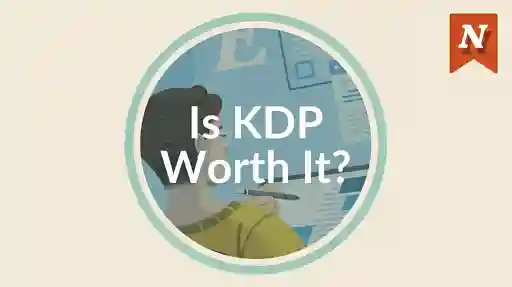

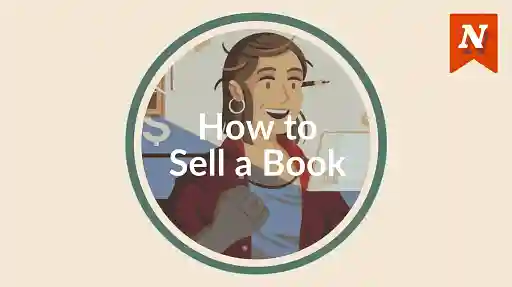
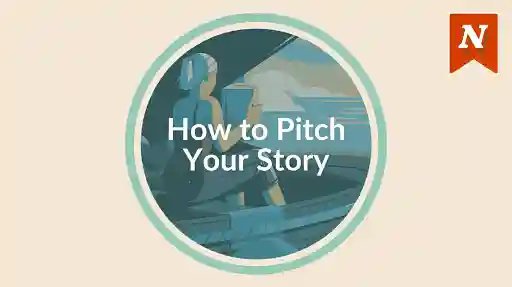
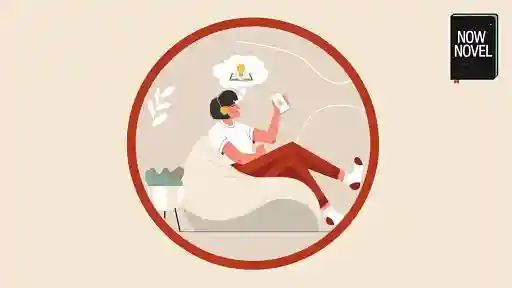
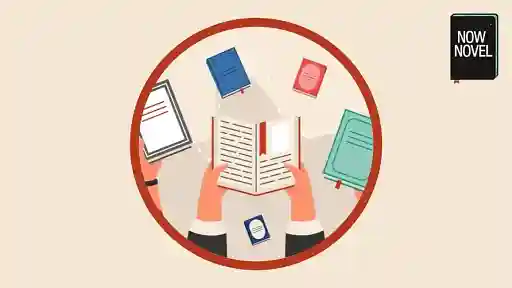



Thank you Jordan. Very useful.
Nara - Over 2 years ago
Hi Nara, it's a pleasure! I'm glad you found this useful. Thank you for sharing feedback.
Jordan - Over 2 years ago
Hello, This has valuable insight. I wonder how things differ with young adult books, when the purchaser may not be the reader. I do stress every so often about how I can include art in my book and what the options are. I did include pages of art in a previous e-book I self-published with Kindle Direct Publishing, but options were extremely limited. I’d love doodles on the borders of the pages, for example. Other stresses include: am I doing everything wrong and too late? There are so many questions I burying to focus on the writing, because without that, there’s nothing. Thanks for these resources and tackling so many stresses!
Margriet - Over 2 years ago
Hi Margriet, that is a very good point. I'd imagine if the purchaser is a school librarian, parent/guardian, grandparent, then a free sample would still give a sense of voice tone (and whether the writer's work would be appropriate for the intended reader). PDF can be better for e-books with lots of visuals due to the fixed layout (I like the idea of Apple's format for the interactivity elements it allows, but this obviously platform-limits things). You make a really good point, and what you're doing (burying questions to focus on writing as you put it) is a sound approach as until one's finished there's a bit less to market! It's a pleasure, and thank you for the feedback. It may be interesting to write a post on the ins and outs of using illustrations in digital and print, so you've given me further ideas.
Jordan - Over 2 years ago
Thanks for that Jordan - lots of really useful thoughts there. I definitely found it easier to write my book than promote it, but I’m very much determined to resolve that conundrum with my Lila books! I’d already decided to write an e-book and was planning on using a case in her early career that was part of my character development plan for Lila. It will show her a little more raw, a little more reckless because this almost ends in disaster, she’ll be a little more in control of her impulses as a result. Thoughts on how long an e-book should be?
Mark Biddlecombe - Over 2 years ago
Hi Mark, it's a pleasure! I am sure many authors can relate to that. Self-promo isn't for everyone, but one can learn how to do it all the same I'd say (it doesn't come naturally to me, that's for sure). I think that sounds like a fantastic idea. I would say enough to spark interest, give an idea of the character (and I do love Lila's voice so I'm sure that would come through). Some say ten to twenty pages; I'd say even if it one or two short stories that could be ample. My suggestion would be to have a look at detective fiction authors' sites and see what they're offering by way of lead magnet or sample. The scene guide I wrote for Now Novel was originally very pithy and we expanded that to 32 pages which I think is a more substantial length for a free giveaway.
Jordan - Over 2 years ago
This is such a helpful blog post. I hadn't considered this strategy to build a brand and also motivate me to continue on my writing journey. Much appreciated.
Billy - Over 2 years ago
Hi Billy, it's a pleasure! As an educator I'm sure you'd have good ideas for a how-to or some other education e-book format, too. Thanks for your feedback.
Jordan - Over 2 years ago